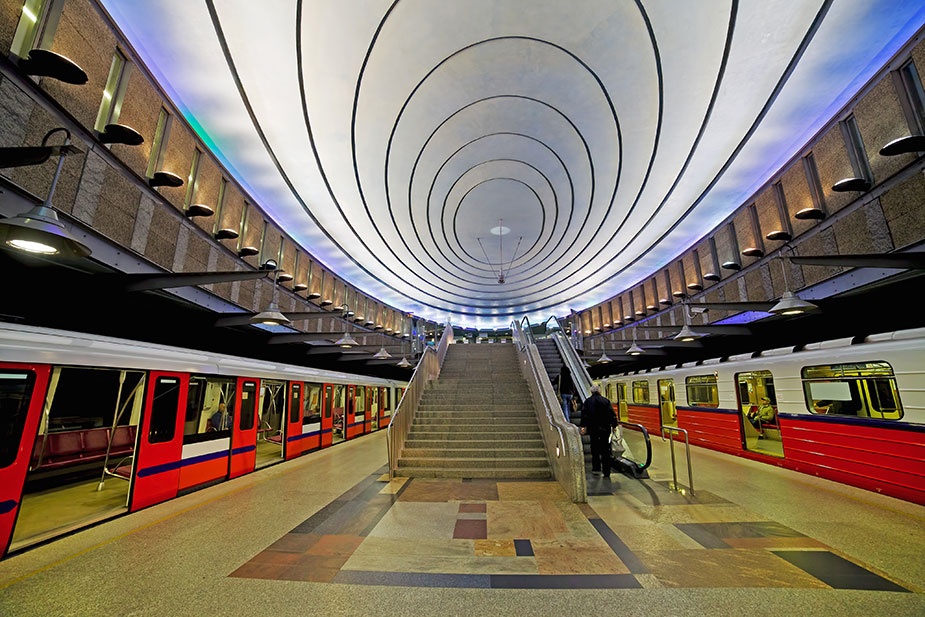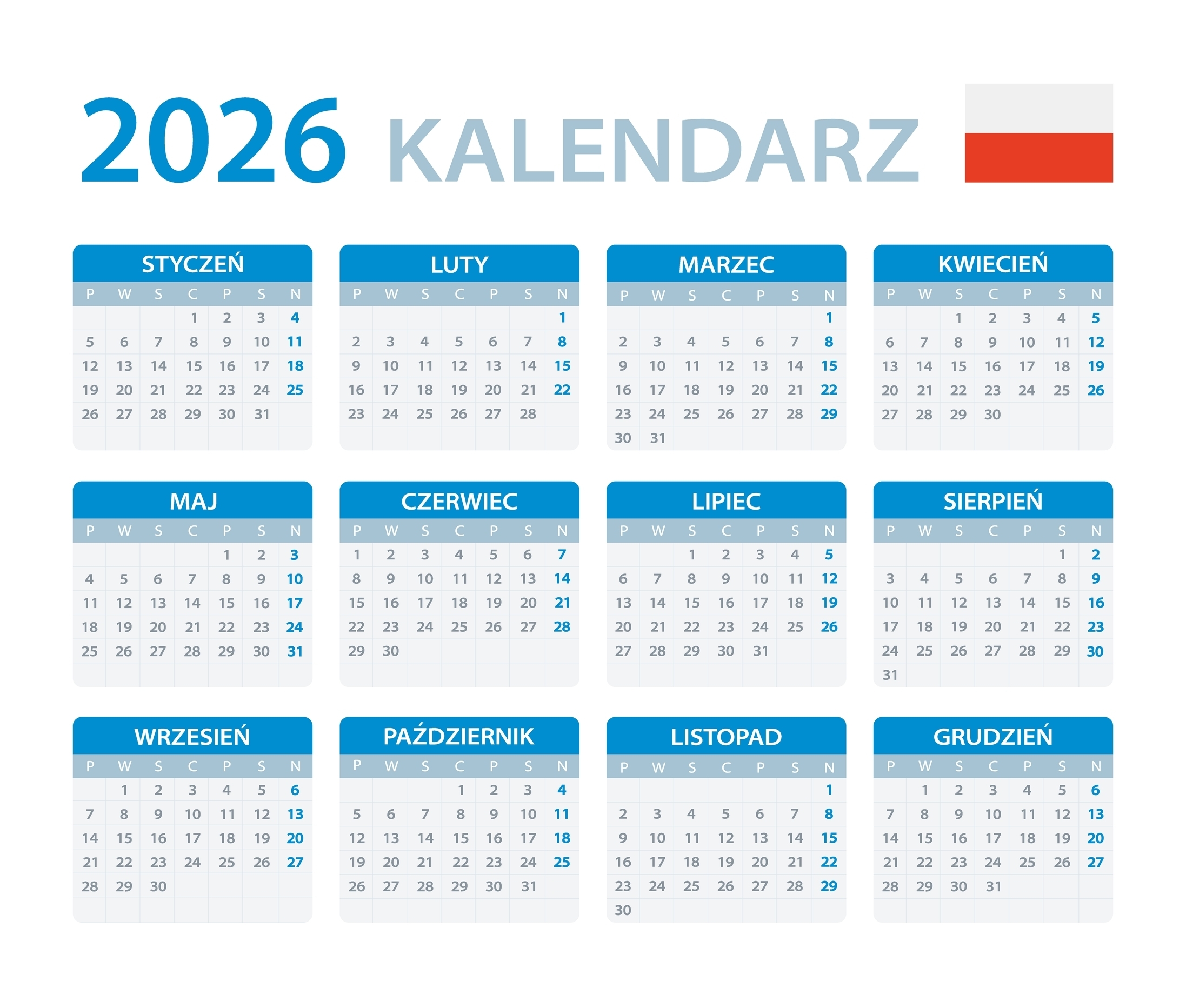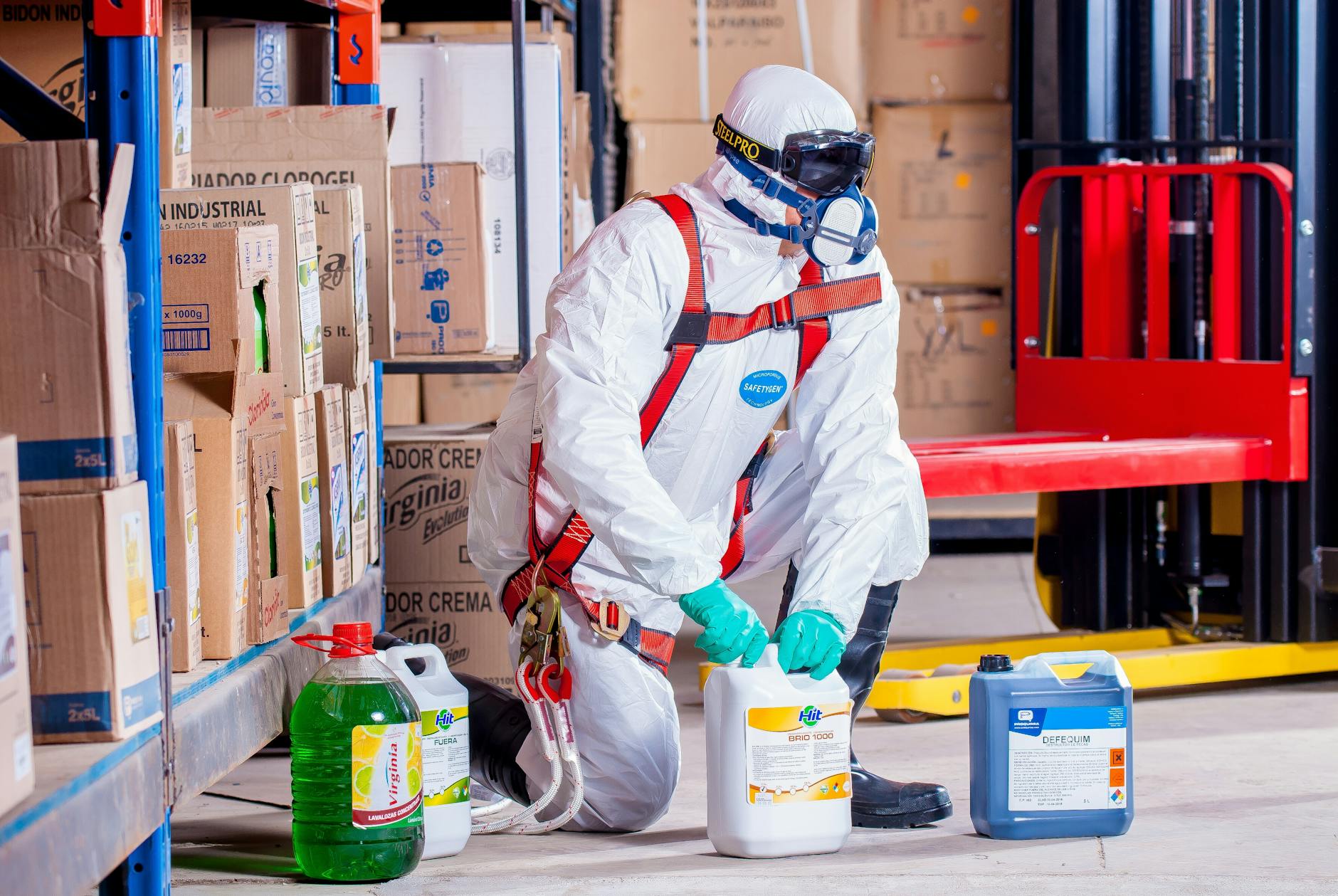Revolutionizing urban transit: metro expansion plans through 2050
Metropolitan transport systems form the backbone of urban mobility, easing congestion, reducing pollution, and driving economic growth. As global cities swell with new inhabitants, the demand for efficient, sustainable, and comprehensive transit solutions has never been greater. Enter the ambitious expansion plans of metropolitan networks worldwide, set to reshape public commuting from now until 2050. Imagine spacious stations, high-speed connections, and technological advancements that promise smoother rides and shorter journey times.

Why Metro Expansion is Crucial
As urban populations grow exponentially, existing transportation infrastructure is under immense pressure, leading to longer commute times, increased pollution, and strained resources. The stakes are higher than ever:
- Population Boom: By 2030, an estimated 60% of the world’s population will reside in cities, necessitating robust public transit infrastructure.
- Environmental Concerns: Public transportation is integral in combating climate change, with metro systems drastically reducing greenhouse gas emissions.
- Urban Planning: Efficient transport links can decentralize cities, reduce congestion, and improve livability.
Inside the 2050 Vision: Key Strategies and Timelines
Planners are considering cutting-edge technology, increased accessibility, and strategic expansions to meet future needs:
- Multi-Tier Approaches: By 2050, many cities aim to implement multi-layered transport systems combining metros, buses, and railways.
- Integration of AI and Automation: AI-driven systems will enhance operational efficiencies, minimizing human error and maximizing safety.
- Sustainability: Solar-powered trains and eco-friendly stations will become the norm, heralding a new era of green commuting.
Frequently Asked Questions
Will these expansions affect my daily commute?
Yes, but positively. With increased connectivity, expect shorter travel times. Cities like Paris, Tokyo, and New York are prioritizing expanding routes and reducing wait times.
How will technology impact these systems?
With AI systems, real-time data analysis will lead to better customer experiences. Expect predictive maintenance, cutting waiting times, and fewer disruptions.
Is metro expansion financially feasible?
Initial costs might be high, but long-term benefits include job creation, reduced congestion, and economic growth offsetting the costs.
The Power of Numbers: Impactful Stats
- Carbon Footprint: Switching from cars to metros can decrease individual carbon emissions by up to 45%.
- Economic Boost: For every $1 invested in public transport, approximately $4 is generated in economic returns.
- Job Creation: The expansion of metropolises promises millions of new job opportunities, from construction to tech support roles.
Crafting The Future: What To Expect
- Smart Stations: Expect digitized stations prioritizing passenger ease, featuring interactive panels and barriers streamlined with contactless tech.
- Community Engagement: Initiatives for community involvement will ensure that developments are tailored to user needs, offering transparency and trust.
Conclusion: Seamless Transit for Tomorrow
Investment in metro expansion is not just about convenience; it’s about transforming city landscapes to foster a greener, more connected world. As plans unfold leading to 2050, stay informed and engaged – your metro journey is as much about the destination as it is about pioneering urban evolution.
These exhilarating plans offer hope and a promise of brighter commutes, echoing a commitment to a future where transport is both for the people and by the people.















